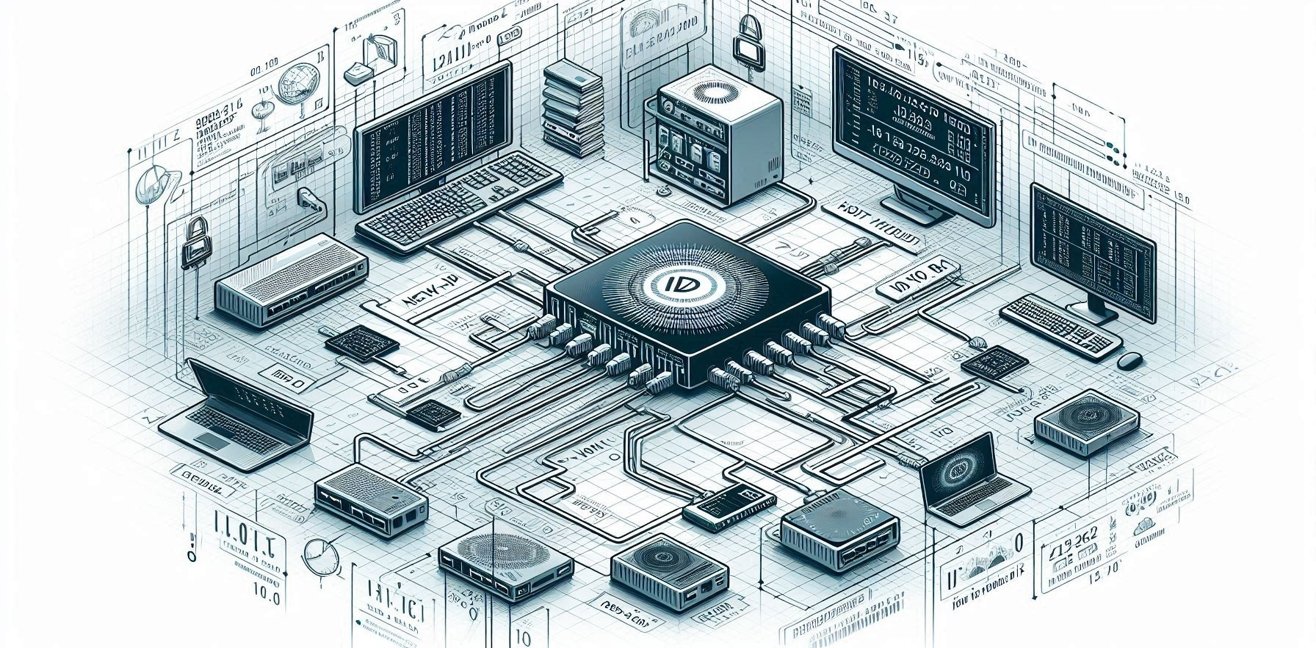In computer networks, IP addresses are used for communication. IP addresses are unique numbers used to identify each device on the network. They are divided into two main sections: Network ID and Host ID. These sections help determine a device’s location within the network.
Network ID
The Network ID is the identifier of a network. All devices on a network must have the same network ID. The Network ID forms a specific part of the IP address and defines the subnets or subdivisions within the network. The network ID is usually found in the beginning sections of the IP address.
For example, in the IP address 192.168.1.0, the “192.168.1” part represents the Network ID. This indicates that all devices on the same network share the “192.168.1” network.
Host ID
The Host ID is the unique identifier of a device within a network. While all devices share the same Network ID, each device has its own unique Host ID. The Host ID makes up the portion of the IP address following the Network ID.
For example, in the IP address 192.168.1.10, the “10” part represents the Host ID. This indicates the unique identity of a device within a particular network.
Conclusion
Network ID and Host ID are integral parts of an IP address and are used to define a device’s location within the network. The Network ID forms the identifying part of the network, while the Host ID specifies the unique identity of a device. Understanding these concepts can help you comprehend how IP addresses are structured and how communication within a network occurs.

